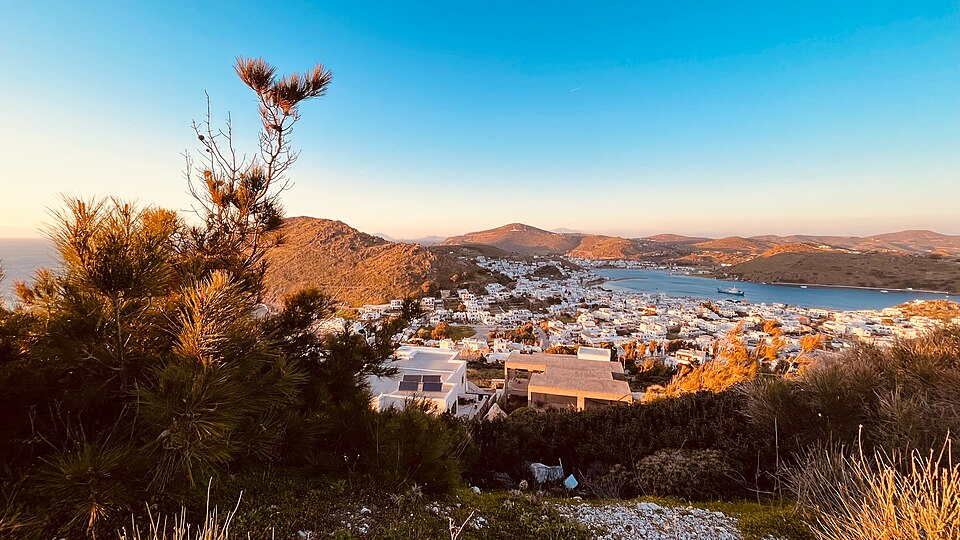The Island of Patmos
Patmos is a small Greek island in the Aegean Sea, part of the Dodecanese archipelago. It spans around 34 km² and, as of the 2021 census, is home to roughly 3,283 residents.
Biblical and Spiritual Significance
This island holds monumental importance in Christian history. According to the Book of Revelation (Revelation 1:9–11), John was exiled to Patmos "because of the word of God and the testimony of Jesus," where he received the visions recorded in the text. He thus earned the title John of Patmos.
Modern scholarship confirms that Revelation was written here around AD 95–96 during Emperor Domitian's reign, making Patmos the setting where Christianity's final and most apocalyptic narrative came to life.
The island's isolation made it an ideal location for Roman exile, but this same remoteness created the perfect environment for John's mystical visions. The rugged landscape and caves provided both the solitude necessary for divine revelation and the dramatic imagery that would influence the text itself.
Pilgrimage and Heritage Sites
Two key landmarks are significantly tied to these revelations:
The Cave of the Apocalypse: This grotto, nestled between Chora and Skala, is revered as the exact spot where John received his visions. Pilgrims can still see the rock indentation where tradition holds John rested his head and the three-way split in the cave ceiling representing the Trinity. The cave—along with the adjacent sites—has been a pilgrimage destination for centuries and, since 1999, a UNESCO World Heritage Site.
Monastery of Saint John the Theologian: Established in 1088 by Blessed Christodoulos, this fortress-like complex dominates Chora and houses one of the world's most significant collections of religious manuscripts, including rare illuminated texts and early biblical copies. The monastery's treasury preserves centuries-old artifacts spanning Orthodox tradition. It shares UNESCO World Heritage status with the cave and the historic town center of Chora.
Both sites represent nearly continuous religious activity—the Divine Liturgy has been celebrated at the monastery for almost 900 years without interruption.
Summary
Patmos isn't just another island on the map—it's the sacred stage where the final New Testament book was penned in exile, giving the island profound theological and historical resonance. The convergence of geography, prophecy, and faith renders Patmos the "Island of the Apocalypse," a place where ancient exile became eternal revelation.
Explore Further
[Who wrote Revelation] – Explore insights into John of Patmos, his identity, and the ongoing authorship debates among biblical scholars
[When was the Book of Revelation written] – Delve into the historical dating of its composition and the context of Domitian's persecution that led to John's exile
[Where was Revelation written] – Gain deeper context on Patmos itself and how the island's geography and atmosphere of exile shaped the writing of Revelation





